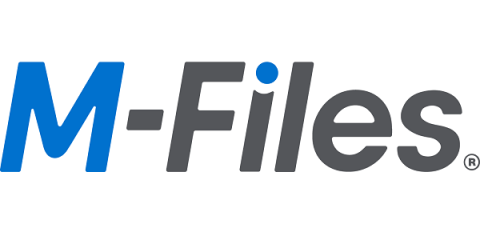The Board Portal for Insurance Companies
The pandemic has overwhelmed us with changes, including the changes in workplace setup. Insurance companies have started adopting various types of hybrid workplace setups to accommodate the needs of both customers and employees. However, it has been challenging for such companies to find the perfect solution that provides efficiency, security, and governance all in one platform. This article outlines the internal needs of the insurance companies and how one digital solution can address it all.











